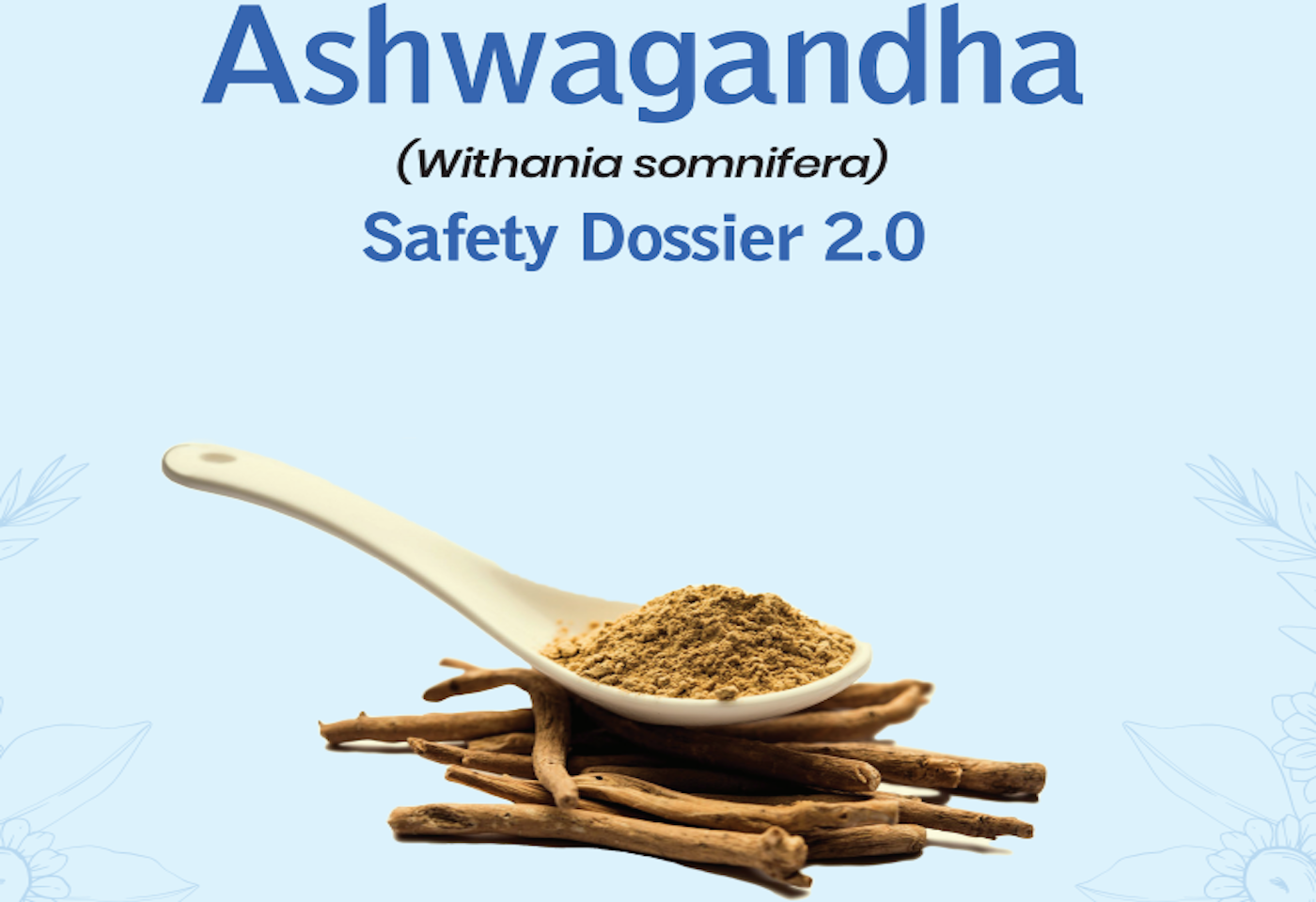Ashwagandha’s Scientific Surge:Research Doubles in Five Years
India
healthysoch
Chandigarh, April 04, 2025:
Ashwagandha (Withania somnifera) is a herb that has been used since times immemorial for its health benefits. During the COVID-19 pandemic, its use surged as a herbal supplement, particularly valued for its adaptogenic and immune-boosting properties. Withania somnifera) is the most widespread species in the genus and it occurs naturally in semi-arid and drier regions stretching from the Mediterranean across tropical Africa, South Africa, and the Canary and Cape Verde Islands, as well as Afghanistan, Baluchistan, Pakistan, Sri Lanka, China, Nepal and India.
It is also grown in gardens in warmer parts of Europe and has emerged as a natural weed in South Australia and New South Wales (Paul et al 2021). Ashwagandha has been trusted for its preventive, promotive, and therapeutic applications. In recent years, modern research has further validated these traditional claims.
Ashwagandha (Withania somnifera), one of the most widely used herbs in traditional medicine systems across various countries, including Indian Traditional Medicine systems, has captured the global scientific community’s interest, with a notable surge in the number of scientific studies exploring its use for medicinal purposes.
As per the PubMed database, in 2019, 95 studies on Ashwagandha were listed, while in 2024, the number rose to 201—an impressive increase of 111.58%. This upward trend indicates a growing recognition of Ashwagandha’s potential in clinical research and therapeutic applications.
Known for its adaptogenic and therapeutic properties, Ashwagandha has been studied for its potential to reduce stress, improve sleep, boost immunity, and many other health benefits.
Botanically classified as Withania somnifera (L.) Dunal, it is a small perennial herb with white flowers and orange-red berries, thriving in the warmer regions of India. It is also commonly referred to as “Indian winter cherry” and “Indian ginseng,” underscoring its widespread medicinal significance.
As per the data from the PubMed website, by March 2025, over 1,911 studies have been published so far around Ashwagandha, marking a significant rise in recent years in scientific exploration around the herb.
Recognising the increasing scientific interest in and around Ashwagandha, the Ministry of Ayush has published a comprehensive safety dossier on the herb to aid scientists and scholars. Also, to address safety-related aspects of the herb, an expert committee under the Chairmanship of Dr. Shiv Kumar Sarin, Chancellor, Institute of Liver and Biliary Sciences, New Delhi, was constituted, and the report of the committee has also been published. These publications aim to provide scientifically validated information about Ashwagandha’s safety, efficacy, and therapeutic potential.
Scientists have discovered that Ashwagandha contains bioactive compounds with diverse pharmacological effects, including anti-inflammatory, antistress, antioxidant, immunomodulatory, hemopoietic, and rejuvenating properties. It has been observed to positively influence the endocrine, cardiopulmonary, and central nervous systems, making it a promising candidate for further clinical applications.
A recent systematic review analysing five randomised controlled trials with 400 participants found that Ashwagandha extract significantly improved sleep quality in adults, especially those diagnosed with insomnia. The extract was also noted to enhance mental alertness upon waking and reduce anxiety levels.
Furthermore, several clinical trials suggest that Ashwagandha extracts may help alleviate stress and anxiety. A 2021 systematic review identified seven studies involving 491 adults from India, revealing that Ashwagandha supplementation for 6 to 8 weeks resulted in significant stress and anxiety reduction compared to placebo groups.
With research activity accelerating, Ashwagandha stands at the intersection of traditional wisdom and modern scientific exploration, offering immense promise for human health and well-being. As ongoing studies unlock its full potential, the world may soon witness even greater therapeutic applications of this time-tested herb.







